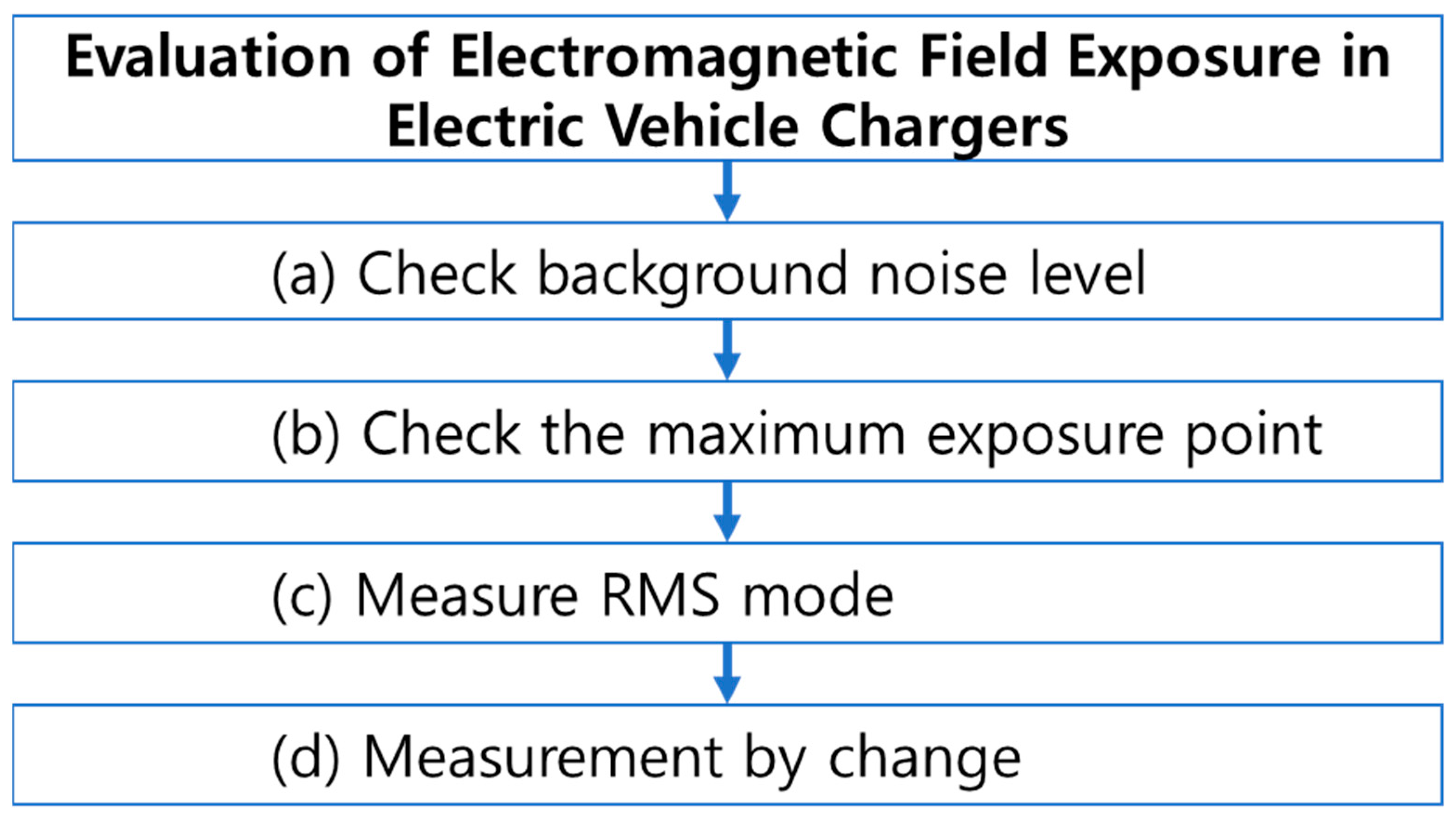The Silent Current: Unpacking EMF Concerns in Electric Vehicles
Electric vehicles (EVs) represent a pivotal shift in personal transportation, promising a cleaner, more sustainable future. However, alongside the excitement surrounding their environmental benefits, concerns regarding electromagnetic field (EMF) exposure have surfaced. This article aims to delve into the complexities of EMF in EVs, examining the potential risks, the science behind them, and what measures are being taken to mitigate these concerns.
Understanding Electromagnetic Fields (EMF)
EMF is a broad term encompassing both electric and magnetic fields. These fields are generated by electrically charged objects and are present wherever electricity flows. They exist across a spectrum of frequencies, from extremely low frequency (ELF) to radio frequency (RF) and beyond. In the context of EVs, the primary concern revolves around ELF EMF, generated by the vehicle’s electrical systems.
Sources of EMF in Electric Vehicles
EVs, by their very nature, rely on powerful electrical systems to function. Key sources of EMF include:
The Battery Pack

The high-voltage battery pack, a core component of an EV, generates significant EMF during both charging and discharging. The flow of current through the battery creates magnetic fields, and the voltage potential generates electric fields.
The Electric Motor and Inverter
The electric motor, responsible for propelling the vehicle, generates powerful EMFs, particularly during acceleration and high-speed driving.
The Charging System
Both onboard and external charging systems produce EMFs. Rapid charging, in particular, involves high currents and can result in higher EMF levels.
The Vehicle’s Wiring and Electronics
All electrical wiring within the vehicle, including those powering lights, infotainment systems, and other accessories, contribute to EMF generation.
Potential Health Concerns Associated with EMF Exposure

The potential health effects of EMF exposure have been a subject of ongoing debate and research. While high levels of RF radiation, such as those from X-rays, are known to be harmful, the effects of low-frequency EMFs, like those emitted by EVs, are less clear.
Extremely Low Frequency (ELF) EMF and Human Health
Some studies have suggested a possible link between long-term exposure to high levels of ELF EMF and an increased risk of certain health problems, such as childhood leukemia. However, the evidence is not conclusive, and many studies have found no significant association.
The International Agency for Research on Cancer (IARC) Classification
The IARC, part of the World Health Organization (WHO), has classified ELF magnetic fields as “possibly carcinogenic to humans” (Group 2B). This classification indicates that there is limited evidence of carcinogenicity in humans and less than sufficient evidence in experimental animals.
Individual Sensitivity and Perception
Some individuals report experiencing symptoms, such as headaches, dizziness, and tingling sensations, when exposed to EMFs, even at low levels. This phenomenon, known as electromagnetic hypersensitivity (EHS), is a subject of ongoing debate, and its underlying mechanisms are not fully understood.
EMF Levels in Electric Vehicles: Measurements and Comparisons

Numerous studies have measured EMF levels in EVs, and the results vary depending on the specific vehicle model, driving conditions, and measurement techniques.
Measurement Findings
Studies have generally found that EMF levels in EVs are within the limits recommended by international guidelines, such as those set by the International Commission on Non-Ionizing Radiation Protection (ICNIRP).
Factors Affecting EMF Levels
Driving speed and acceleration: Higher speeds and rapid acceleration generally result in higher EMF levels.
Mitigation Strategies and Technological Advancements
EV manufacturers are aware of the concerns surrounding EMF exposure and are taking steps to mitigate potential risks.
Shielding and Design Improvements
Manufacturers are incorporating shielding materials into the design of EVs to reduce EMF emissions. These materials can effectively block or absorb electromagnetic fields.
Active Cancellation Technologies
Some manufacturers are exploring the use of active cancellation technologies, which involve generating opposing electromagnetic fields to neutralize existing fields.
Standardization and Guidelines
International organizations, such as the ICNIRP, are developing guidelines and standards for EMF exposure limits.
Research and Ongoing Studies
Ongoing research is focused on further understanding the potential health effects of EMF exposure and developing more effective mitigation strategies.
Practical Steps for Minimizing EMF Exposure
While manufacturers are working to reduce EMF emissions, individuals can also take practical steps to minimize their exposure.
Minimize Time Spent in Close Proximity to EMF Sources
Avoid prolonged exposure to high-voltage components, such as the battery pack and electric motor.
Optimize Driving Habits
Avoid unnecessary rapid acceleration and high-speed driving.
Choose Vehicles with Lower EMF Emissions
Consider vehicles that have been tested and certified for low EMF emissions.
Maintain a Healthy Lifestyle
Conclusion
The concerns surrounding EMF exposure in EVs are understandable, given the rapid adoption of this technology. However, it is important to consider the available scientific evidence and the ongoing efforts to mitigate potential risks. While some studies have suggested possible links between EMF exposure and certain health problems, the evidence is not conclusive. EV manufacturers are actively working to reduce EMF emissions through shielding, design improvements, and technological advancements. By understanding the sources of EMF, taking practical steps to minimize exposure, and staying informed about ongoing research, individuals can make informed decisions about their use of electric vehicles. The transition to EVs represents a significant step towards a sustainable future, and continued research and technological innovation will ensure that this transition is safe and beneficial for all.



